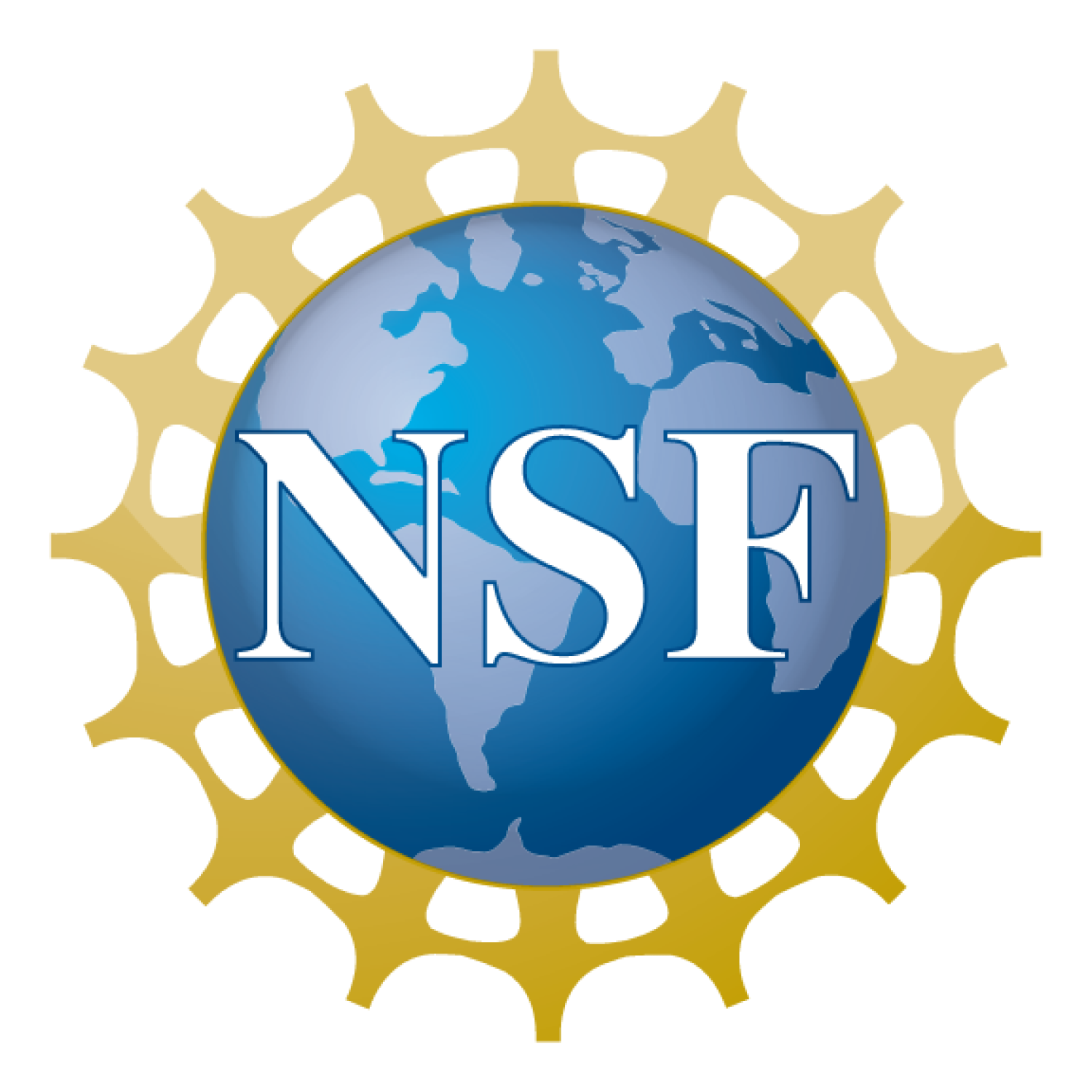Graduate students win prestigious NSF fellowships

The National Science Foundation has awarded 32 prestigious Graduate Research Fellowships to CU Boulder students, including two from Smead Aerospace, paving the way for them to continue their innovative and impactful research on campus.
The awards, announced on April 9, recognize outstanding graduate students from across the country in science, technology, engineering and mathematics (STEM) fields. CU Boulder's aerospace honorees are PhD students Samuel Fedeler (Advisor: Marcus Holzinger) and Brodie Wallace (Advisor: Scott Palo). The pair are among 2,050 nationwide winners selected from thousands of applicants across the country.
“The significant number of graduate students at CU Boulder receiving these prestigious fellowships is a true testament to our high caliber students, their intellectual merit and impact of their research,” said Leslie Reynolds, interim dean of the Graduate School. “We are so proud of them and the work they are doing.”
The 2019 winners (including 14 additional students who earned Honorable Mention recognition) represent a wide range of scientific disciplines from across campus, including astronomy, biology, chemistry, computer science, engineering, mathematics, physics and more. Each recipient will receive a $34,000 annual stipend for the next three years as well as professional development opportunities.
“These fellowship recipients have the capability, dedication and drive to positively impact society through science and engineering,” said Bobby Braun, dean of the College of Engineering and Applied Science. “I’m excited to see how their research plans mature over their graduate careers. For our college, this is a new record of NSF Graduate Research Fellows. I’m especially proud of the diversity and breadth of this cohort in which each of our departments and graduate programs is represented.

